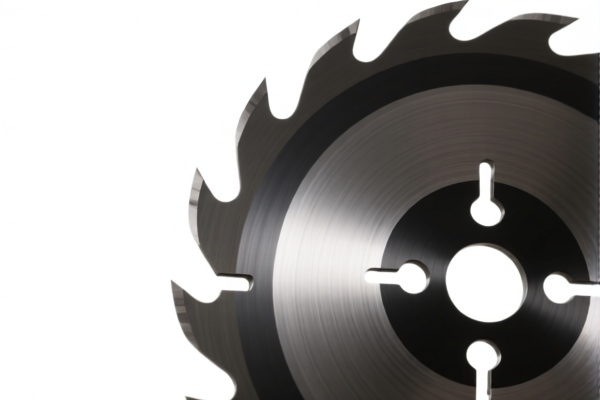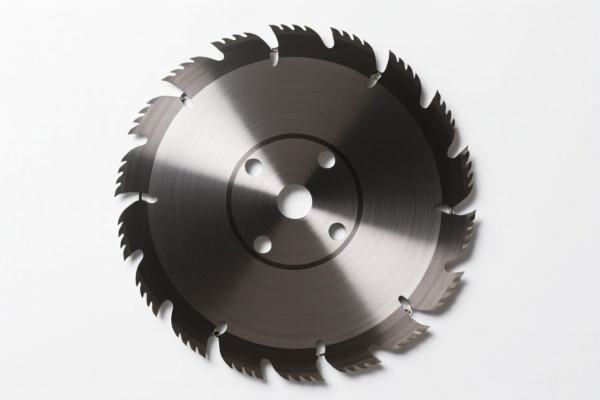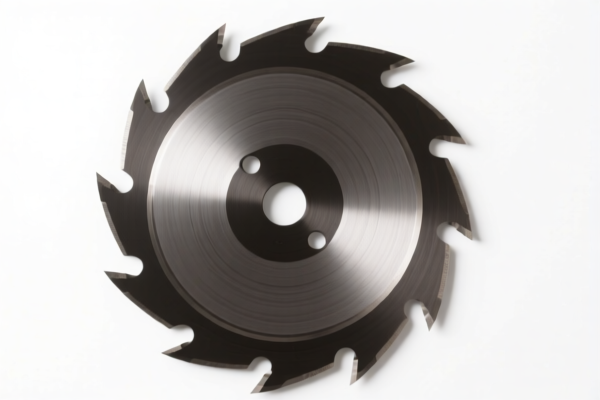| HS Code | Official Doc | Tariff Rate | Origin | Destination | Effective Date |
|---|---|---|---|---|---|
| 8208403000 | Doc | 55.0% | CN | US | 2025-05-12 |
| 8205517500 | Doc | 58.7% | CN | US | 2025-05-12 |
| 8205595560 | Doc | 60.3% | CN | US | 2025-05-12 |
| 6909900000 | Doc | 59.0% | CN | US | 2025-05-12 |




Lawn Mower Blade
A lawn mower blade is a cutting component used in conjunction with a lawn mower to cut grass. Blades are typically constructed from hardened steel, allowing them to withstand repeated impact and abrasion.
Purpose:
The primary purpose of a lawn mower blade is to cut grass to a uniform height, maintaining lawns and grassy areas.
Function:
Lawn mower blades function by rapidly rotating at high speeds, creating a shearing action against the grass. The blade's angled cutting edge slices through the grass stalks. The shape and lift generated by the blade influence the effectiveness of cutting, bagging, and mulching.
Usage Scenarios:
- Residential Lawns: The most common application, maintaining typical home lawns.
- Commercial Landscaping: Used on larger properties, parks, and golf courses.
- Sports Fields: Maintaining playing surfaces to specific heights.
- Agricultural Applications: Cutting pastures and fields.
Common Types:
- Standard/Regular Blades: The most common type, suitable for general lawn maintenance. Often have a three- or five-point star configuration.
- Mulching Blades: Designed with curved wings or multiple cutting surfaces to finely chop grass clippings into small pieces, returning nutrients to the lawn.
- High-Lift Blades: Feature a more pronounced upward curve, creating stronger airflow for improved bagging performance, particularly useful in thick grass.
- Low-Lift Blades: Have a less aggressive curve, generally used for side-discharge mowers.
- Flipper Blades: A two-sided blade, allowing for longer use between sharpenings by utilizing both edges.
- Star Blades: Common on many residential mowers, offering a balance of cutting, bagging, and mulching.
- Pontoon Blades: Designed with multiple cutting surfaces for improved mulching and reduced clogging.
Material:
- Steel (High Carbon): The most prevalent material due to its strength, durability, and ability to hold an edge.
- Alloy Steel: May contain additional elements (e.g., manganese, silicon) for increased toughness and wear resistance.
- Hardened Steel: Heat treatment processes increase the blade’s hardness and resistance to deformation.
Maintenance:
Regular maintenance is crucial for optimal performance and safety. This includes:
- Sharpening: Keeps the blade cutting efficiently and reduces strain on the mower engine.
- Balancing: Ensures smooth operation and prevents vibration.
- Inspection: Checking for cracks, bends, or damage.
- Replacement: Replacing blades that are severely damaged or worn.
Lawn mower blades are categorized as knives and cutting blades for machines, specifically for agricultural machines.
Here are the relevant HS codes based on the provided information:
- 8208403000: This HS code falls under Chapter 82: Tools, implements, cutlery, hand tools, and articles of cutlery; articles of edge-cutting materials; base metal parts thereof. Specifically, it covers Heading 8208: Knives and cutting blades, for machines or for mechanical appliances, and base metal parts thereof. The Subheading 8208.40 further specifies “For agricultural, horticultural or forestry machines, and parts thereof”. This includes lawnmower blades. The total tax rate is 55.0%, comprised of a 0.0% base tariff and a 25.0% additional tariff, increasing to 30% after April 2, 2025.
Regarding HS code 8208403000, it is important to note that this classification is specifically for blades used in agricultural, horticultural, or forestry machines. Ensure the blades are intended for these applications to correctly utilize this HS code.
Customer Reviews
No reviews yet.